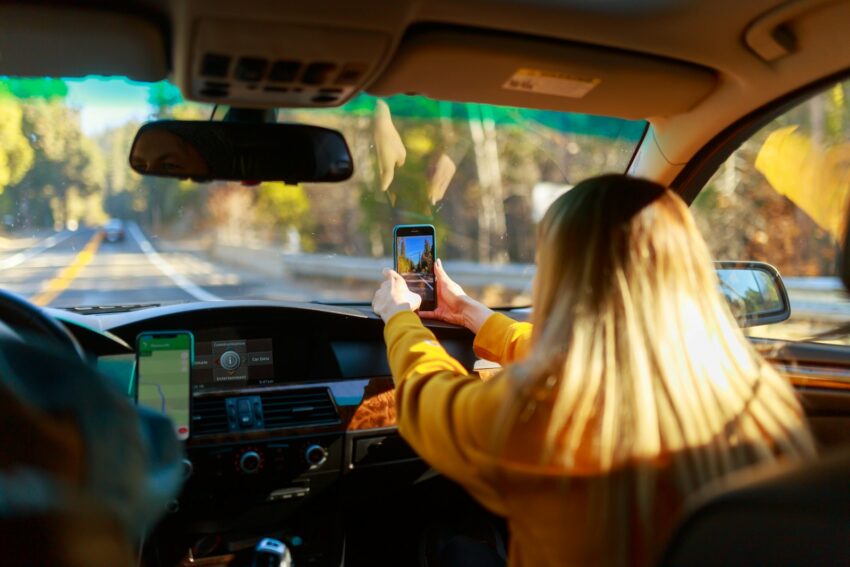Homeschooling gives families the freedom to explore the world outside the classroom, and field trips are one of the best ways to bring lessons to life. While planning exciting outings, many parents wonder how to keep costs manageable without sacrificing the fun and educational value of the experience. Deciding between renting a vehicle or using your own used car often plays a big role in the budget, and the choice depends on what fits your family’s needs at the time.

Making Learning Come Alive Through Field Trips
Children absorb lessons more effectively when they experience them in real life rather than only reading about them. Learning about animals in a book can be useful, but walking through a wildlife reserve or exploring a farm makes the knowledge come alive in a way that words on a page cannot.
The same applies to math, worksheets provide practice, but figuring out how many miles you have traveled on a family outing or calculating how much money remains for snacks during the trip makes the subject more engaging and memorable.
Homeschool field trips bridge the gap between knowledge and lived experiences, creating lasting lessons that children carry with them.
Just like how a hands-on visit feels more valuable than a textbook explanation, families searching for something practical and meaningful in everyday life might compare it to choosing the right vehicle, whether for adventure, comfort, or even spotting a G63 for sale that represents both reliability and excitement.

The Practical Side of Transportation
For many families, transportation is the biggest factor in deciding how often they can take field trips. Driving your own used car can be the simplest and most affordable option, especially for short local outings. Owning a reliable vehicle means fewer decisions to make, and it helps keep the budget predictable.
On the other hand, renting a car may be more convenient for longer trips or when you need extra space. Families with small cars often find that packing coolers, books, and supplies can quickly become overwhelming, and a rental vehicle can provide the comfort needed for everyone to enjoy the day.
Renting also gives families peace of mind when traveling longer distances, as many rental vehicles are newer and well maintained. Instead of worrying about unexpected breakdowns, parents can focus on planning engaging activities and making sure the trip is filled with fun and learning opportunities.
Choosing the Right Field Trip Destinations
Whether you are heading to a nearby museum, a botanical garden, or a historic site, the destination should tie into what your children are learning at home. A unit on geology can be expanded by visiting a rock and fossil exhibit, while a lesson on history comes alive when standing inside a preserved fort or exploring an old town.
The journey itself is often as valuable as the stop. Conversations that happen along the way, observations made through the car window, and questions sparked by changing scenery all contribute to the homeschool experience.

Saving Money Without Cutting Back on Fun
Families often assume that field trips will be expensive, but there are many creative ways to keep costs low. Packing homemade meals instead of eating out saves money and often provides healthier options. Choosing destinations that offer family passes or discounted entry on certain days stretches the budget further.
When considering transportation, weighing the cost of fuel and maintenance for a used car against the price of a short-term rental helps make the most informed decision. Sometimes the savings from not putting extra miles on your own vehicle balance out the rental fee, especially when planning trips that cover hundreds of miles.
Adding a Touch of Inspiration
While most homeschooling families look for budget friendly solutions, there is nothing wrong with dreaming a little bigger. Some parents may enjoy browsing vehicles like a G63 simply to imagine how much space and comfort they could provide for long journeys.
It is not always about buying such a car, but about inspiring conversations with children about design, engineering, and how different vehicles serve different needs. Cars can spark curiosity just like any other part of life, turning a casual look at transportation into a lesson in itself.

Family Cars and Long Term Choices
There comes a time in many families when upgrading to a larger or more reliable vehicle becomes a priority. For some, browsing options such as a Mercedes for sale shows the variety of choices that balance durability with comfort. Even if a luxury brand is not in the budget, looking at vehicles together as a family can open discussions about value, safety, and what qualities matter most in a family car.
These lessons carry over into adulthood when children learn how to make informed decisions about their own purchases.
Creating Memories Along the Way
The heart of any homeschool field trip is not the car or the destination but the memories made together. Children remember the laughter during a roadside picnic, the excitement of spotting wildlife on a trail, or the wonder of seeing artifacts that connect them to history. Whether your family chooses to drive your own used car or rent a vehicle for the day, the goal is to spend time together exploring, learning, and growing.
Trips do not need to be extravagant to be meaningful. Even a short drive to a nearby park with a nature trail can spark questions and curiosity that last for days. What matters most is the time spent together and the effort to make learning a shared adventure.
Final Thoughts
Balancing homeschooling with budget considerations is a challenge every family understands, but with thoughtful planning, field trips remain one of the most enriching parts of the journey. Renting a car offers convenience and comfort when needed, while driving your own used car keeps things simple and affordable.
Along the way, the conversations, the discoveries, and the shared experiences shape childhood in ways that worksheets never can. By embracing both practicality and creativity, families can enjoy meaningful field trips that strengthen bonds and keep learning alive.
